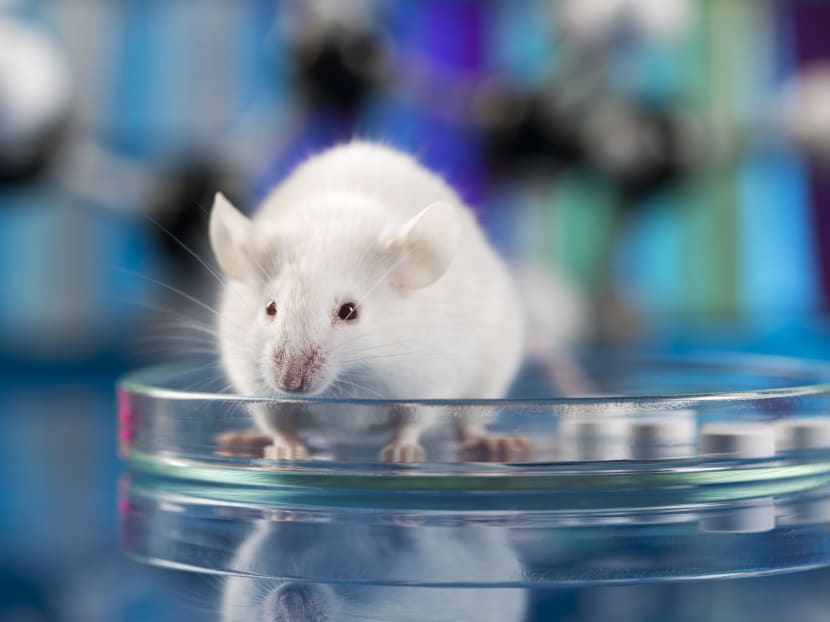Did Omicron jump from mice to men? Chinese scientists say it’s possible
HONG KONG — A new study by Chinese researchers supports the theory that the Omicron variant of the coronavirus may have originated from mice.
HONG KONG — A new study by Chinese researchers supports the theory that the Omicron variant of the coronavirus may have originated from mice.
The study said there was strong evidence that the virus had passed from humans to mice and then — after multiple mutations — had made the reverse journey.
The study said the Omicron variant contains mutations that were rarely found in clinical samples from earlier patients and not found in any intermediate evolutionary branch of other variants.
However, five mutations of the Omicron variant are identical to one found in mouse lung samples, according to the paper published in the Journal of Biosafety and Biosecurity.
The origin of Omicron remains unknown as it contains over 50 mutations, many of which have not been found in other previous variants. Many scientists agree that it did not evolve from Delta or other recent variants.
There are broadly three theories about its origin. The mainstream theory is that the virus mutated in an immunocompromised person or carrier with weakened immune system.
Another theory is that it has been mutating among Covid-19 patients unnoticed, though the paper said that theory was unlikely.
The third theory is that an animal species might have been infected with a human strain, which underwent many rounds of mutation before reinfecting humans.
The researchers from Nankai University in Tianjin and the National Institute for Communicable Disease Control and Prevention, compared the mutations of all variants of concern and variants of interest identified by the World Health Organization.
The paper said Omicron could be a sister of the Gamma variant but the lineages of the two departed in the first half of 2020.
While it did not rule out the possibility of mutation in an immunocompromised person, the paper said it was more likely to have come from a mouse host and called for increased surveillance of animal infections as they may well pass the other variants to the human population.
It said few animals showed they have the potential to spread Covid-19 to humans or vice versa, but "infection in domestic and wild animal species has possible implications for public health".
Sars-CoV-2, the virus that causes Covid-19, has been found in a wide range of animals like dogs and cats, farmed mink and ferrets, and zoo animals.
Hong Kong recently culled 2,000 hamsters, and a preprint by Hong Kong University scientists said they had found the world's first known instances of hamster-to-human transmission.
The latest study is in line with an earlier paper published by researchers from the Chinese Academy of Sciences.
The paper, published in Journal of Genetics and Genomics, said the features of mutations of Omicron were more likely to have taken place in a mouse host than a human host.
The mutations also made it easier to bind to the cells in mice, it said.
"Collectively, our results suggest that the progenitor of Omicron jumped from humans to mice, rapidly accumulated mutations conducive to infecting that host, then jumped back into humans, indicating an inter-species evolutionary trajectory for the Omicron outbreak," the academy's study said. SOUTH CHINA MORNING POST










